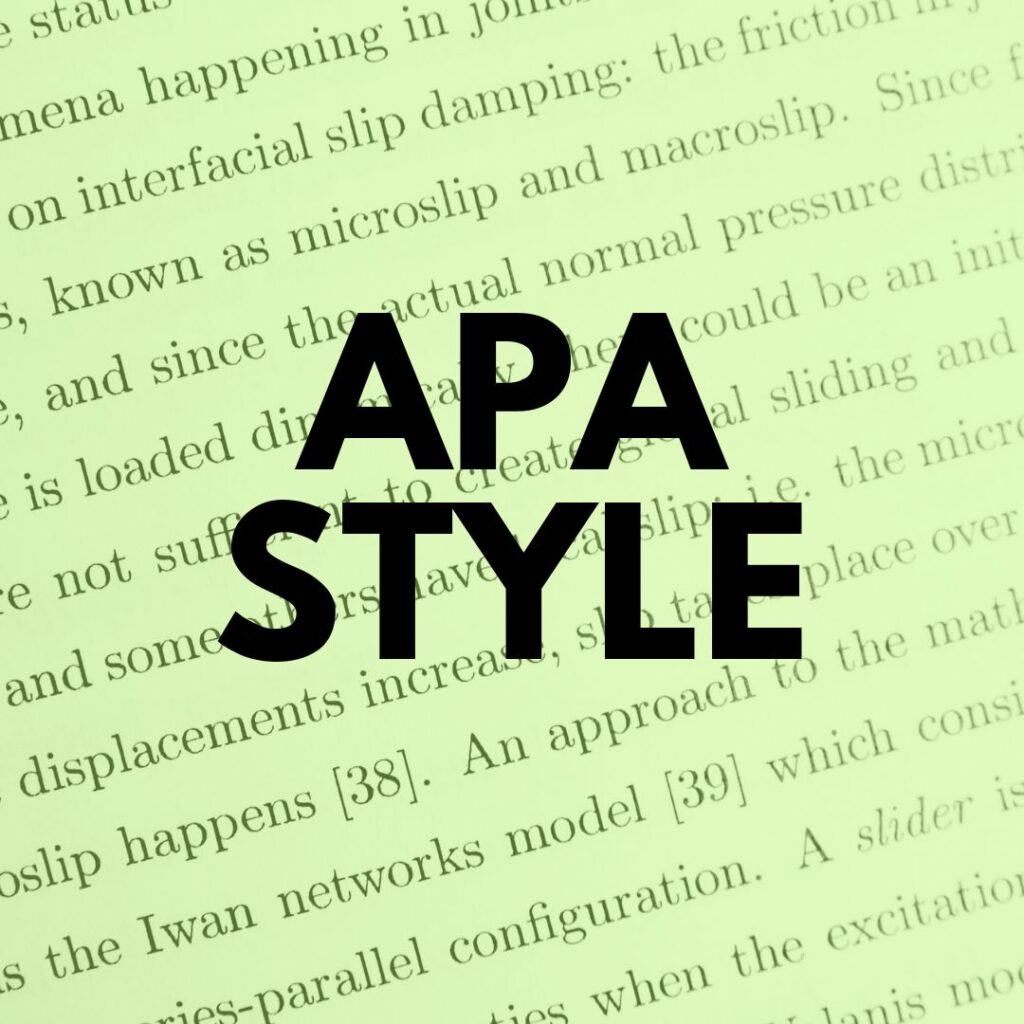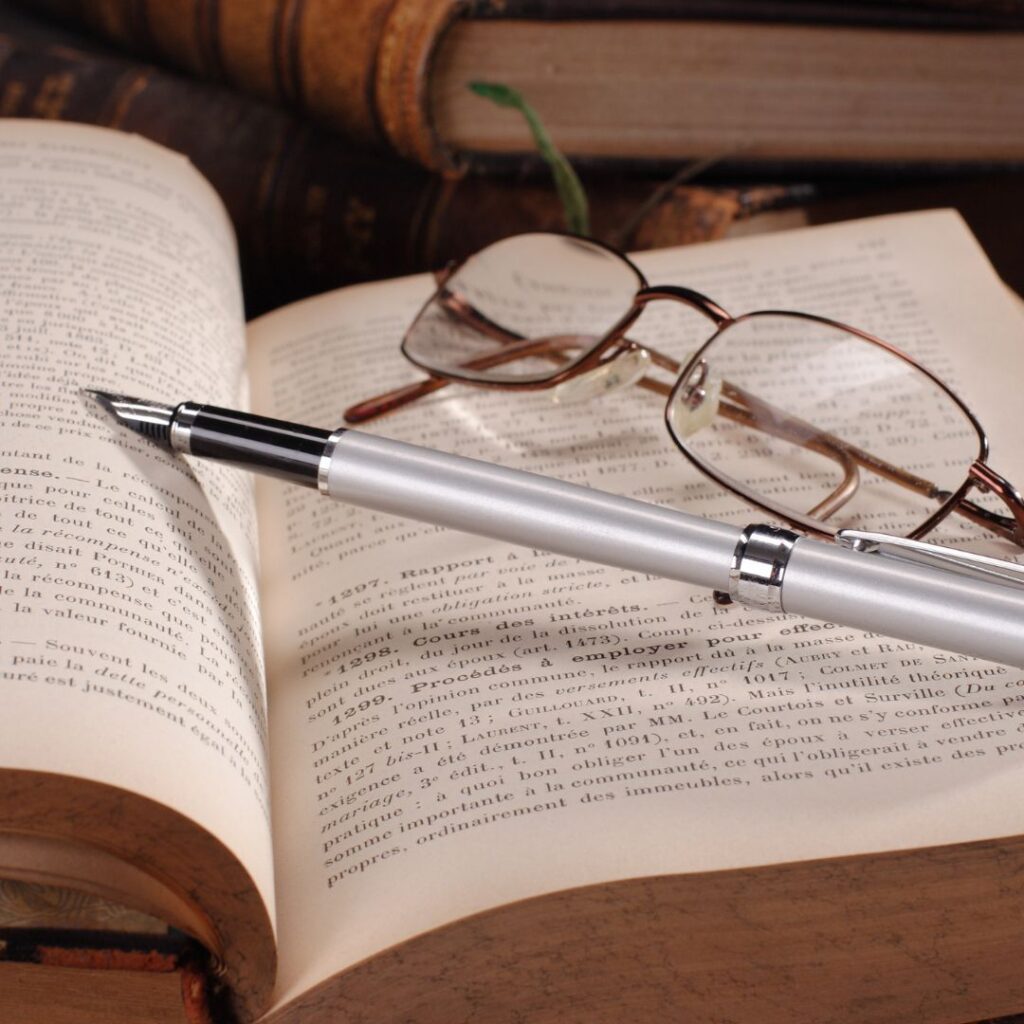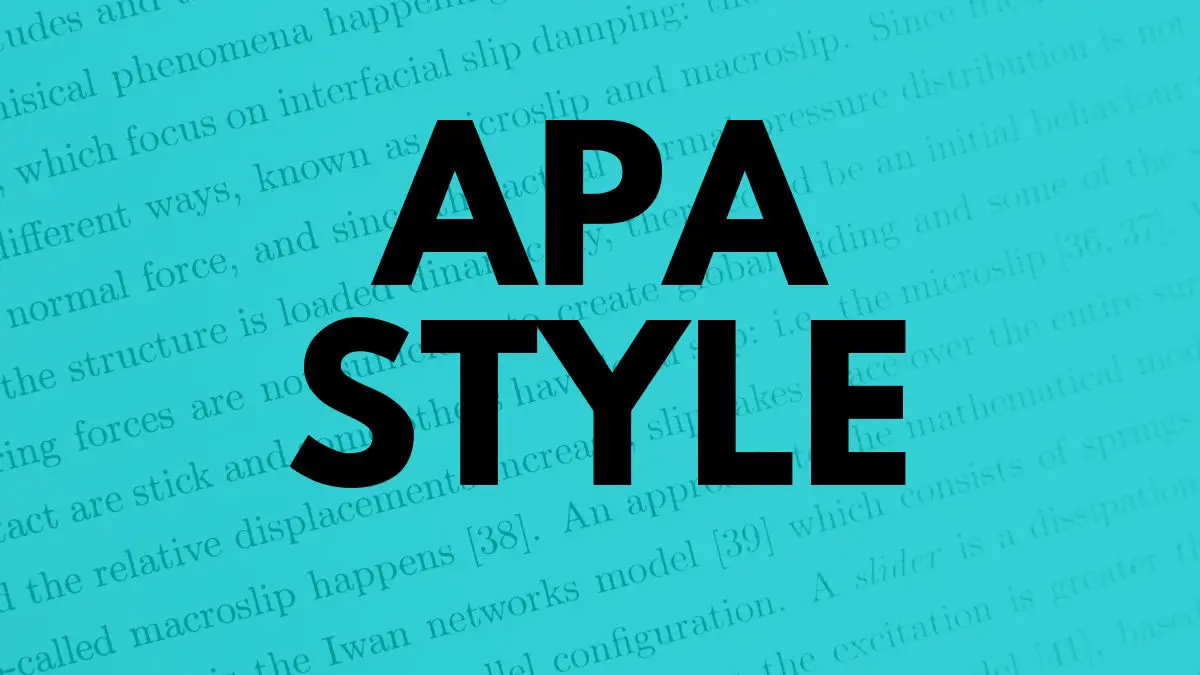Table of Contents
- Introduction
- Understanding APA Style
- Elements a Book Citation in APA Style
- Step-by-Step Guide on How to Cite a Book in APA Style
- Examples of Book Citations in APA Style
- Common Mistakes to Avoid When Citing a Book in APA Style
- Conclusion
Introduction
This post guides you on how to cite a book in APA Style. A correct book citation using the APA Style will have the following format:
Ramsay, T. J, & King, M. T. (Eds.). (2010). Genome Alchemy: Unveiling the Secrets of Evolutionary Engineering. Smashbook.
The subsequent sections will introduce you to APA Style and discuss in more detail how to cite a book using APA Style. Feel free to jump into specific discussions using the table of contents.
Properly citing sources is a critical part of academic writing and research. When you cite a source, you credit the original author for their ideas, research, and work.
Citing sources shows that you have conducted research to support your arguments and allows readers to verify your provided information. Failing to cite sources is considered plagiarism, which has severe ethical and legal consequences in academia and professional settings.

By learning how to cite sources properly, you are upholding academic integrity and contributing to the collaborative nature of scholarship.
APA Style is a standardized set of guidelines the American Psychological Association developed for citing sources in research papers and other scholarly works. APA Style uses an author-date system for in-text citations and a reference list at the end of the paper to provide full publication details of the sources cited.
Understanding APA Style is important for students and professionals in the social sciences, behavioral sciences, and many other disciplines where APA Style is the expected standard. If you are in this field, then learning how to cite a book in APA Style will be necessary.
Understanding APA Style
APA Style was first developed in 1929 by social scientists who wanted to establish sound standards for scientific communication. Since then, APA Style has gone through several editions to make citing sources easier and improve the clarity and organization of research papers. Some essential purposes of APA Style include:
- Providing consistency in formatting, citations, and references.
- Giving proper credit to authors and acknowledging their work.
- Enabling readers to locate the sources quickly.
- Lending credibility and academic integrity to research.
Using APA Style, writers in the social and behavioral sciences ensure their papers follow established scholarly standards and contribute to the shared pursuit of knowledge.
Basic Principles of APA Style
APA Style has guidelines for the formatting of documents, in-text citations, and the reference page. Some key principles include:
- In-text citations with the author’s last name and year of publication in parentheses.
- A reference list is on a new page at the end of the paper.
- Authors’ last names alphabetize references.
- Double-spacing and 1-inch margins for all pages.
- Page numbers in the top right corner.
- 12 pt Times New Roman font.
Following these and other APA Style guidelines ensures papers are accessible, consistent, and properly cite material from other sources.
Elements a Book Citation in APA Style
In-Text Citations
In-text citations in APA provide the author’s last name and publication year in parentheses. Include page numbers for direct quotes. For example: (Pitt, 2015, p. 25).
Author(s)
The author’s name appears first in the reference and matches exactly the name used in the in-text citation. Only initials are used for first and middle names. If there are multiple authors, their names are separated by commas and an ampersand (&) before the final author’s name.
Example: Lennon, K. T., Carter, L. L., & Kent, M. J.
Publication Year
The publication year follows the author’s name in parentheses. This allows readers to identify when the source was published quickly.
Example: Lennon, K. T., Carter, L. L. & Kent, M. J. (2010).
Title and Subtitle
The full title of the book, including any subtitle, is italicized. Capitalize only the first letter of the first word and any proper nouns.
Example: Lennon, K. T., Carter, L. L. & Kent, M. J. (2010). How to cite a book in APA Style.
Publisher
The publisher’s name comes last and does not include unnecessary information like Inc., Publishers, Co., etc. For books retrieved online, include the URL at the end.
Example: Lennon, K. T., Carter, L. L. & Kent, M. J. (2010). How to cite a book in APA Style. McKenna Publishers.
Step-by-Step Guide on How to Cite a Book in APA Style
Step 1: Start with the author’s name
Begin the reference by listing the author’s last name, followed by a comma and their initials. For multiple authors, separate each name with a comma and place an ampersand (&) before the final author’s name.
Step 2: Add the year of publication
After the author’s name, enclose the publication year in parentheses. If there are multiple dates, use the most recent one that is relevant.
Step 3: Write down the title and subtitle
The next element is the book title, italicized with only the first word capitalized. If there is a subtitle, include it after a colon and also italicize it.
Step 4: Finish with the publisher’s details
The publisher’s name is the final component, written in full without unnecessary words like Publishers, Co., or Inc. If retrieved online, end the citation with the URL.
Examples of Book Citations in APA Style
Citing Single-author Book
Bentner, H. E. (2002). Echoes of the mind: Exploring the depths of psychological resonance. American Psychological Association.
Citing a Book with Two Authors
Jose, M. G., & Barrymore, D. G. (2021). Emotion engines: Engineering a future of emotional Intelligence. AutoPrime Publishing.
Citing an Edited Book
Nate, T. G., & Hwang, D. S. B. (Eds.). (2001). The subtle power of social psychology. PsyNation.
Citing a Book Chapter
Eckhart, M. (2019). Introduction. In T. G. Nate & D. S. Hwang (Eds.), The subtle power of social psychology (pp. 5-8). PsyNation.
Citing E-book
Aguero, D. (2013). The subtle power of social psychology [e-book]. PsyNation. https://publishingstate.com/
Common Mistakes to Avoid When Citing a Book in APA Style
Missing Information
All citations require the author, publication year, book title, and publisher. Any missing details make it difficult for readers to locate the work.
Incorrect Capitalization
In APA Style, only the first letter of the first word of the title and subtitle are capitalized along with any proper nouns. Other common mistakes include capitalizing the second part of a hyphenated word or capitalizing publisher names.
Wrong Order of Information
The components of an APA book citation must be in the proper sequence: Author, year, title, and publisher. Mixing up this order confuses readers and breaks compliance with the APA Style format.
Conclusion

Learning how to cite a book in APA Style is important for any student or researcher in the social and behavioral sciences. Accurately citing sources in APA Style demonstrates a commitment to academic integrity, gives credit to other authors for their work, and allows readers to locate the cited material efficiently.
